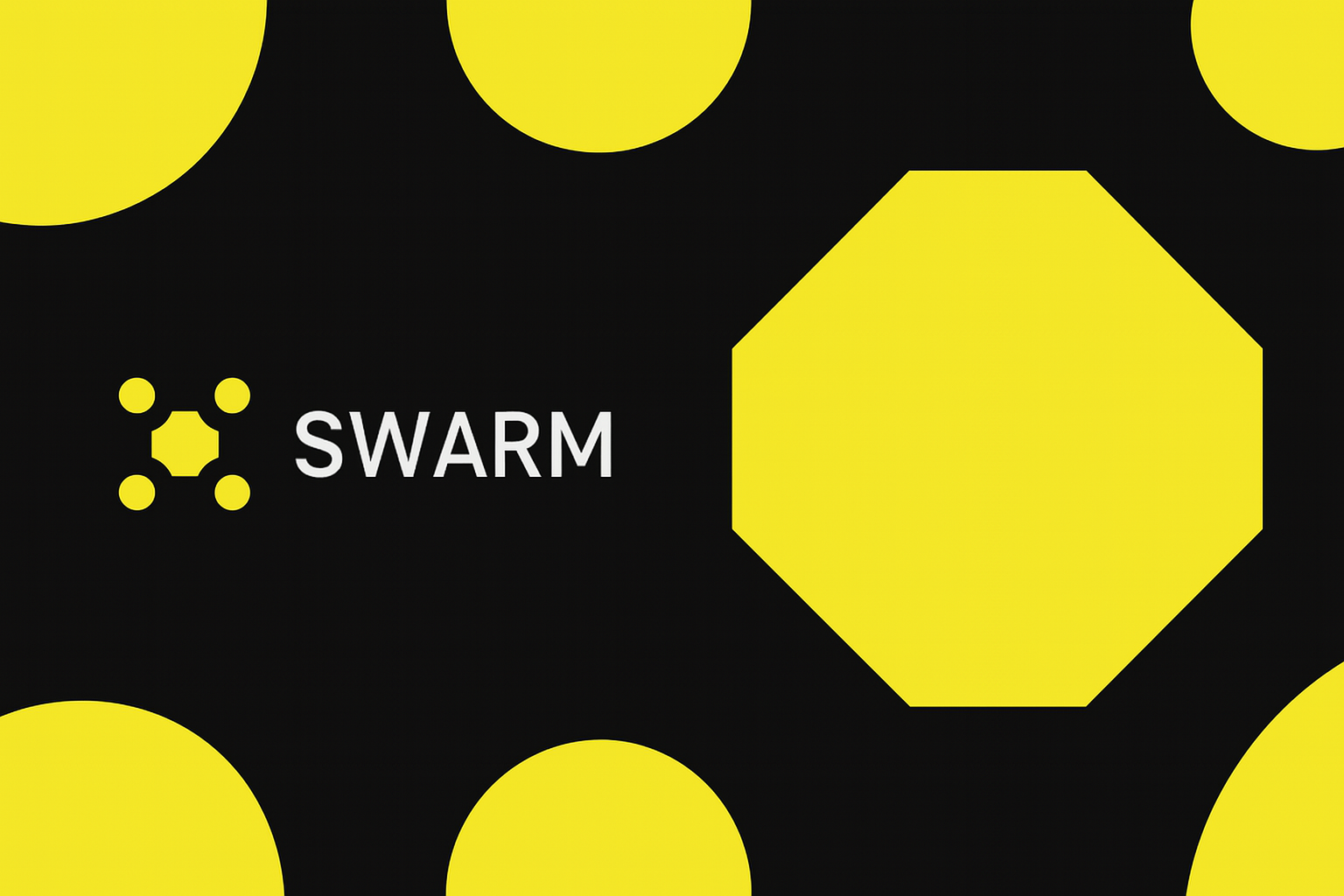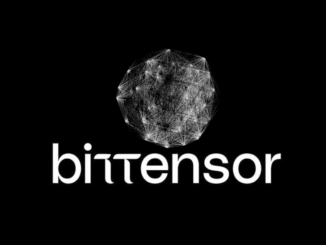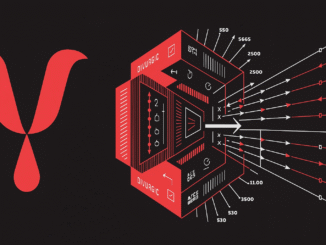
We read Swarm’s Substack article on how their subnet plans to generate revenue — and a few things really stood out.
First, their subnet isn’t just running drone simulations for fun. It’s been a live testing ground for developing autonomous models capable of piloting a real quadrotor drone — equipped with LiDAR and precise sensors. By proving their models can actually control a physical device, Swarm is validating both its subnet design and the broader Bittensor incentive system.
What’s more interesting is how this setup translates into a real business model. Swarm can adapt its competition rules — drone configuration, simulation environment, and evaluation metrics — to match a client’s needs. That means companies can effectively commission AI models through the subnet.
In practice, they’ll be able to design flight brains for drones that:
- Have different builds or rotor counts
- Perform specialized tasks like carrying payloads
- Use extra sensors for mapping or detection
- Navigate unique terrains or environments
All of this will be packaged into three revenue streams:
- Technical consulting and project design — helping clients define specs and goals.
- Custom-trained model delivery or licensing — building AI models through the subnet’s miner competition.
- Maintenance subscriptions — ongoing support and updates for deployed models.
Swarm also notes that its decentralized model-training network means lower operating costs than traditional R&D — miners compete 24/7 to improve models, so development never stops.
Importantly, Swarm isn’t chasing profit right away. Their focus for now is real-world validation: collaborating with drone companies, refining simulations, and proving that decentralized AI competitions can produce commercial-grade products.
If they pull this off, Swarm could become one of the first subnets to bridge the gap between on-chain incentives and off-chain industry value.




Be the first to comment